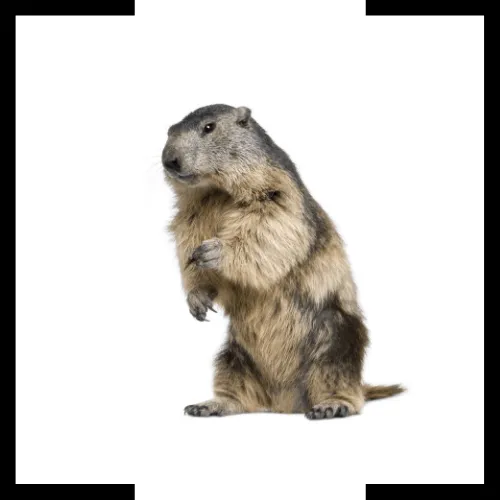Groundhog Trapping & Control
Around the country on February 2nd, our eyes take us to Punxsutawney, Pennsylvania, with the hopes of a prediction of an early spring. The Punxsutawney Groundhog Club has kept records of the choice for over 100 years, and our favorite groundhog has chosen the warmer option just 15 times and has been right only 39% of the time. The tradition is linked to the Christian’s Candlemas celebration, as far back as the 4th century AD, and was brought to North America by German immigrants. Soon after their arrival, the groundhog replaced the hedgehog.
Also known as the whistle-pig or woodchuck, their name does not have anything to do with wood. It comes from the Native American word, wuchak, which roughly means digger. That fact may have led to the tongue-twister, “How much wood could a woodchuck chuck if a woodchuck could chuck wood?” A Cornell University study put that number at 700lbs.

Their underground condo comes with specific areas for birthing, rearing young, hibernation, and even going to the bathroom. To prepare for hibernation, they spend the warmer months getting ready. Their food of choice is vegetation; berries, twigs, fruit, and tree bark, and they can consume more than one pound of it in a meal. That would be the equivalent of a 15lb steak being eaten by a 150lb person. To reduce their weight loss during the 150 days of winter sleep, they can slow their breathing from 16 breaths/minute to 2.
Their burrows can lead to foundation damage, damaged electric pipes, and torn-up irrigation systems. Weakened ground structures set up the risk of collapse under heavy farm equipment, and the openings are a trip and fall hazard for livestock, horses, and us. They have even chewed up the wires inside a car.
If you’re thinking of keeping one as a pet, there are better choices. They are aggressive, don’t do well in small spaces, and are very difficult to train. They also are hosts to fleas and ticks and the pathogens they can carry.
In Sullivan and the surrounding areas, we’ve been protecting our neighbors from nuisances like woodchucks, bats, squirrels, foxes, and more. If you see more than a groundhog’s shadow, contact the area’s #1 wildlife removal service, Advanced Wildlife Control.
